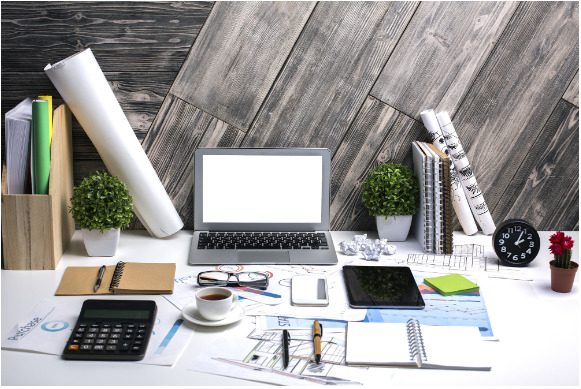In the ever-evolving landscape of business, creating a productive office environment is crucial for the success of any organisation. An often overlooked aspect of achieving this is the proper management of business equipment and industrial shelving. In this article, we will explore effective strategies to optimise your office space, enhance efficiency, and promote a conducive work atmosphere.
- Streamlining Business Equipment
Efficiently managing business equipment can significantly impact overall productivity. Regularly assess your equipment needs and eliminate redundant items that clutter the workspace. Invest in high-quality tools that are built to last, reducing the need for frequent replacements. Embrace a digital approach where possible; transitioning from physical documents to digital files can save physical space and streamline workflows.
- Smart Equipment Placement
Strategically placing business equipment can greatly enhance workflow. Place frequently used items within arm’s reach to minimise unnecessary movement. Consider the ergonomic layout of desks and chairs to reduce strain and boost comfort. Ergonomically designed furniture not only improves productivity but also contributes to the well-being of your employees.
- The Role of Industrial Shelving
Industrial shelving is the backbone of a well-organised office. It provides efficient storage solutions that maximise available space. Opt for modular shelving units that can be adjusted to accommodate different items of varying sizes. Ensure that each shelving unit is properly labelled, making it easy for employees to locate items quickly. Regularly declutter and reorganise shelves to maintain an organised and tidy workspace.
- Categorisation and Labeling
An essential step in efficient office management is categorising and labelling. Clearly define categories for different types of equipment and supplies. Colour-coded labels can further streamline the process, allowing employees to identify items at a glance. Consistent labelling minimises confusion and helps maintain order within the office environment.
- Regular Maintenance
Business equipment and industrial shelving require regular maintenance to remain functional. Create a schedule for equipment maintenance, servicing, and cleaning. Industrial shelving should be inspected for stability and wear, and any damaged components should be replaced promptly. Regular maintenance prolongs the lifespan of equipment and shelving, saving costs in the long run.
- Flexibility in Design
A productive office environment should have a design that accommodates change. Choose modular furniture and shelving that can be easily reconfigured as your business grows. This adaptability ensures that your workspace can evolve without major disruptions. Flexibility in design also contributes to a dynamic and innovative work atmosphere.
- Employee Involvement
Involve your employees in the management of the office environment. Seek their input on equipment needs, shelving arrangements, and overall comfort. Employees who feel heard and valued are more likely to take ownership of their workspace and maintain its orderliness. Regular feedback sessions can provide insights into areas that require improvement.
- Efficient Use of Space
Space is a valuable resource, and utilising it efficiently is paramount. Choose business equipment and shelving that fit the available space without overcrowding. Vertical space is often underutilised – install tall shelving units to make the most of it. Invest in multi-functional furniture that serves different purposes, saving both space and costs.
- Sustainability Considerations
Incorporating sustainability into your office environment management strategy is both environmentally responsible and cost-effective. Opt for energy-efficient equipment to reduce electricity consumption. Choose industrial shelving made from sustainable materials. Implement recycling stations within the office to encourage proper waste disposal.
- Regular Assessment and Adaptation
Creating a productive office environment is an ongoing process. Regularly assess the effectiveness of your management strategies and be open to adaptation. As your business evolves and technology advances, your equipment and shelving needs may change. Stay informed about the latest trends in office management and be willing to invest in improvements.
Conclusion
In conclusion, an optimised office environment contributes significantly to overall productivity and employee satisfaction. By efficiently managing business equipment and industrial shelving, you create a workspace that promotes efficiency, organisation, and innovation. Implementing the strategies discussed in this article will help you achieve a well-structured office that sets the stage for success.




